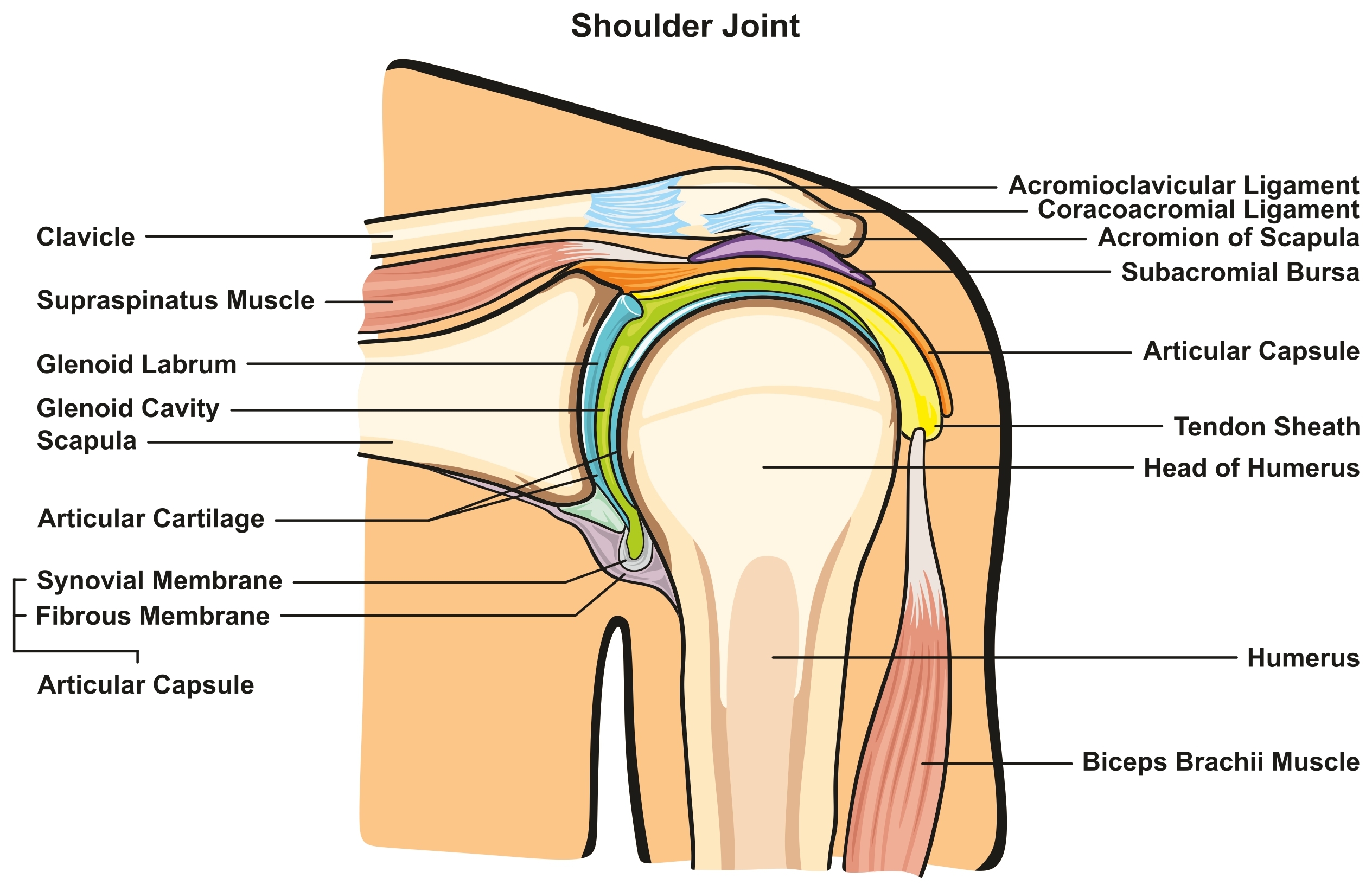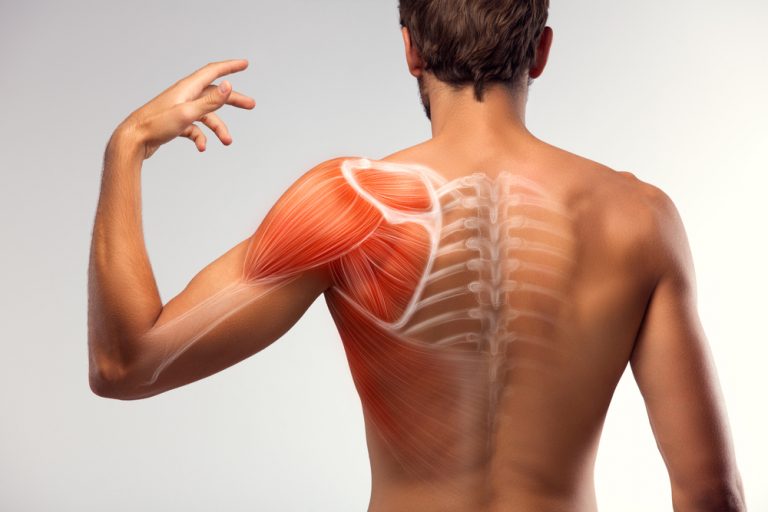The development of the shoulder muscles depends on from the proper exercise technique and from the quality of the training plan. This should take into account the structure of this muscular group and the specificity of its work. What principles to follow when designing effective shoulder training? What exercises should be used on the shoulders in your plan?
Anatomy of the shoulders
Shoulder muscles are the largest surface muscles of the shoulders. They have a triangle shape, directed downwards. A single deltoid muscle is made up of three actons, whose movement is unambiguous. There are distinguishing the front part of the shoulder, posterior and lateral.
- The first two have a parallel course of fibers to the side and downwards and are mainly responsible for flexion in the shoulder joint.
- The rear axle is also responsible for horizontal adhesion, ie pulling hands from the upright position
- The lateral part, on the other hand, contains arcuate fibers that have a larger cross-section and show greater musculature from the other parts of the shoulder muscles. This acton is responsible for deflecting the arm in the frontal plane
- All the actinum of the deltoid connects to form a common end attachment on the humeral bony tuberosity
Despite the joint attachment of the final part of the shoulder muscles, they have different initial instertions:
- the front part - also called the clavicular part, attach to the end of the shoulder clavicle
- lateral part - also called shoulder, has a shoulder attachment on the shoulders
- rear part - also called comb, the trailer of which is located on the comb of the shoulder blade
Apart from the anatomy of the shoulders, it is worth realizing what functions these muscles perform. Their main task is m.in.
- flexion in the shoulder joint in the sagittal plane
- visiting in the frontal plane
- putting hands in the transverse plane
-

Shoulder anatomy
How do you train your shoulders correctly?
How to train the shoulders correctly? Effective shoulders training should be characterized by certain principles that take into account their structure and functions. It is also worth remembering to adjust the weight, volume, intensity and training frequency.
Rules for shoulder training
Shoulder training - like any other - must be carried out according to certain rules. What should you remember?
Above all, warm up before training.
It is worth to include exercises strengthening the rotators and stabilizing muscles for the training. Training should be holistic - containing exercises for each part of the deltoid muscle.
The first exercise should be the one that requires the greatest contribution of strength (such as, for example, pressing a barbell above the head), or focused on the part on which we care the most (training priority).
Exercises should be based on a larger number of repetitions,
It is a good idea to use heavy weights, which, however, will enable complete series.
It is worth to limit the work of breast muscles, back and shoulders,
The full range of movement in each exercise is essential. Inclusion of the TUT (Time under Tension) rule in training, ie ensuring the appropriate duration of a single series.
Shoulder training - weight, repetition and technique
When training the shoulder muscles, the most attention should be paid to the correct technique. The muscular part is susceptible to injuries, so using too much weight can lead to a several-week break from training. Shoulders are a muscle part that needs to be trained with more repetitions. Therefore, the load should allow you to do the exercise with maximum attention and technique.
How many times a week should you train your shoulders??
The training frequency of the shoulder muscles is closely related to the training volume. By training barges with a large volume, their frequency on a weekly scale will be low and vice versa. It is recommended to train the shoulders once a week with high volume or twice a week with medium and low volume.
It should be remembered that the shoulder muscles in addition to the main role in their training, also play an auxiliary role while training other muscle groups. Not taking this aspect into consideration may negatively affect the regeneration of the deltoids. Increasing the frequency of training allows for more frequent involvement of a given muscle, but with a reduced volume on a given training unit. Such a procedure allows to increase the training volume on a weekly scale, avoiding overloading the nervous and muscular systems during one training unit.






